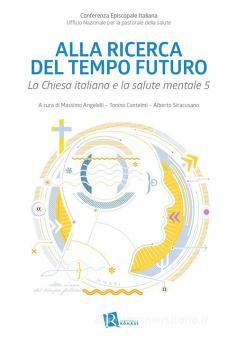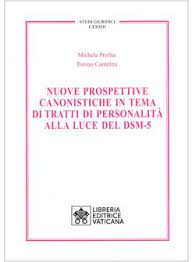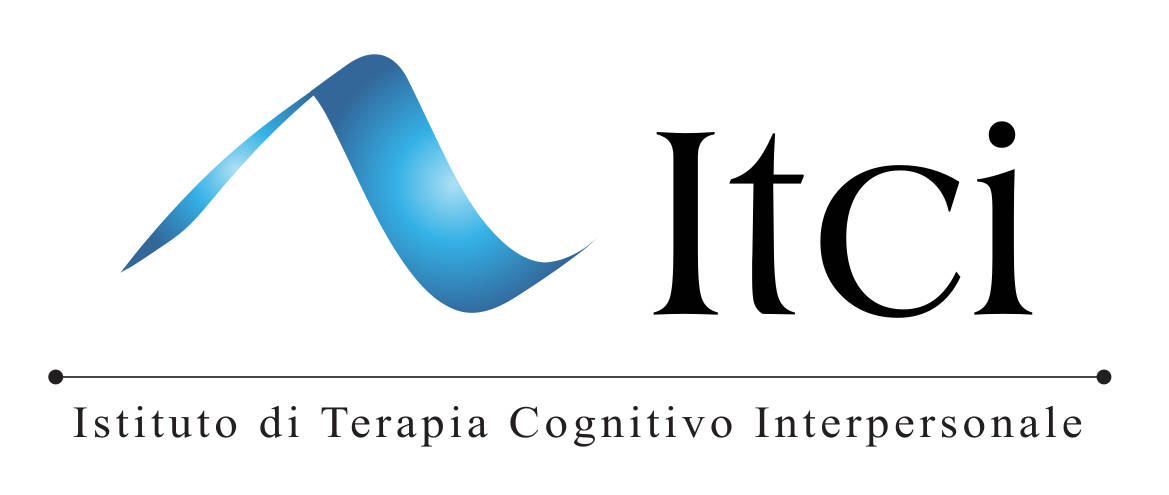15/11/2018
Quale futuro per il benessere della mente?
Fonte: Avvenire del 15/11/2018

A Roma il 24 novembre il secondo convegno "Chiesa e salute mentale" con l'obiettivo sulla felicità, «argomento troppo sottovalutato», come sostiene lo psichiatra Tonino Cantelmi, tra i protagonisti dell'evento. «Il mondo che stiamo costruendo è cupo - riflette, introducendo le suggestioni dell'incontro - nel 2020 la depressione supererà come causa di invalidità il tumore e i disturbi cardiocircolatori. Anche le dipendenze· comportamentali, come quelle indotte dal computer e dalla sessualità mal vissuta, conducono a un mondo prigioniero di se stesso. Per questo vogliamo parlare di felicità, come ci ha invitati a fare il Papa nell'Amoris laetitia».















